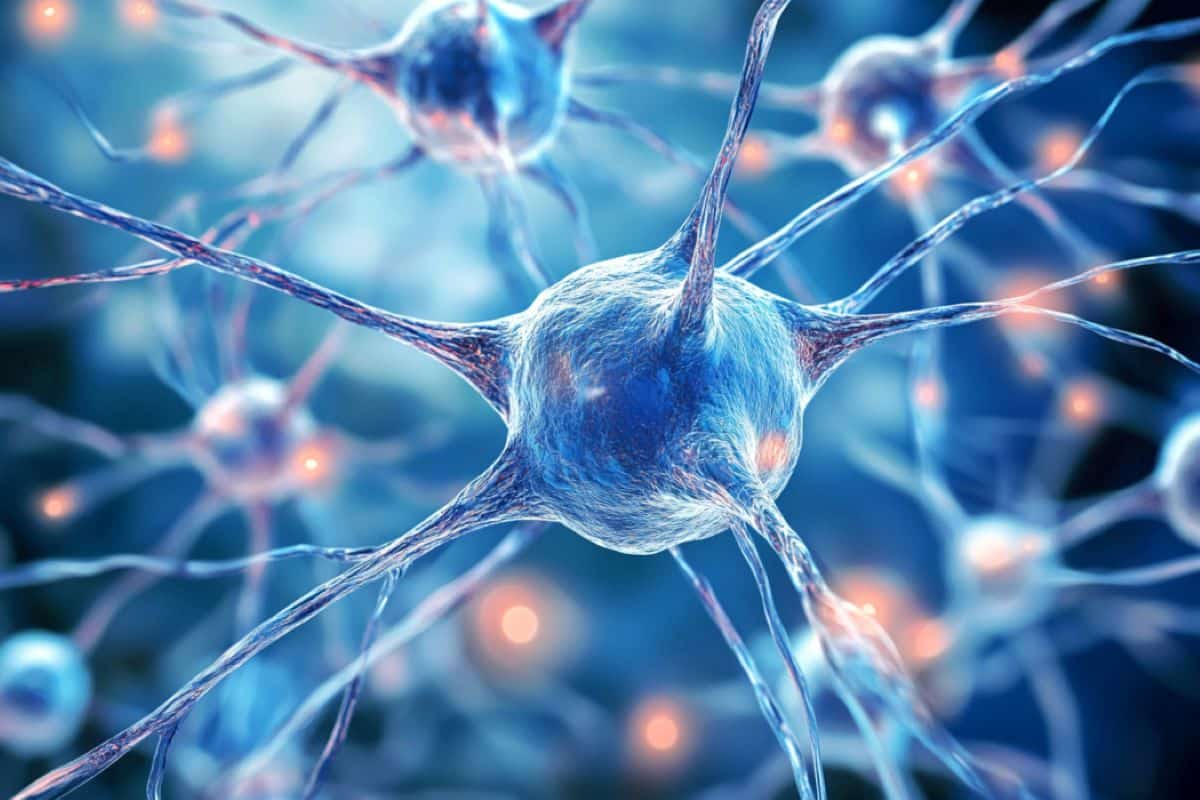Summary: Researchers have identified a unique “paused state” in the growth of amyloid β fibrils, linked to Alzheimer’s disease, using high-speed atomic force microscopy. In this state, fibril growth is halted, allowing an antibody, 4396C, to bind and prevent further growth, opening a potential path to slow Alzheimer’s progression.
This alternating growth and pause mechanism offers a promising target for new treatments against protein buildup in neurodegenerative diseases. The team aims to explore how the 4396C antibody might help develop therapies for Alzheimer’s.
Key Facts
- Amyloid β fibrils, linked to Alzheimer’s, grow in a unique alternating pattern.
- The “paused state” in fibril growth enables targeted binding by antibody 4396C.
- This discovery opens potential avenues for new treatments to halt Alzheimer’s progression.
Source: NINS
A collaborative research group, including researchers from Exploratory Research Center on Life and Living Systems and Institute for Molecular Science of National Institutes of Natural Sciences, as well as Nagoya City University, Nagoya University, and University of Tsukuba, has uncovered a new mechanism in the growth of amyloid β (Aβ) fibrils, which are closely associated with Alzheimer’s disease.
Using advanced high-speed atomic force microscopy (HS-AFM), the team was able to observe Aβ fibril growth at the molecular level in real time. This breakthrough sheds new light on how these fibrils grow and how their progression can be effectively halted.

Alzheimer’s disease is a serious neurodegenerative disorder that leads to cognitive decline and memory loss. One of the main contributors to the disease is the accumulation of Aβ proteins in the brain, which clump together to form fibrils.
These fibrils interfere with brain function, and understanding how they grow and can be stopped is essential for developing new treatments. However, the exact growth mechanisms of Aβ fibrils and ways to halt them have remained unclear—until now.
The researchers found that each Aβ fibril is composed of two thin strands, called protofilaments. These protofilaments grow in an alternating pattern, with individual Aβ molecules adding to the ends of each strand one at a time.
A critical finding of the study was that when the ends of these two protofilaments align, the fibril enters a “paused state,” where growth temporarily stops. This pause in growth is a crucial step in the Aβ fibril formation process and could be key to understanding how Alzheimer’s disease progresses.
One of the most notable discoveries was the role of an antibody, 4396C, which selectively binds to the ends of the Aβ fibrils during this paused state. Once the antibody binds, the fibril is locked in this state, and further growth is prevented.
This finding reveals a promising new approach to stopping Aβ fibril growth and, potentially, slowing the progression of Alzheimer’s disease.
The detailed high-resolution observations made with HS-AFM allowed the research team to uncover this alternating growth and pause mechanism, which had not been previously identified.
By targeting the paused state of Aβ fibrils, this study opens up new possibilities for developing treatments that can delay or halt Alzheimer’s disease at the molecular level.
In the future, the team plans to further investigate the action of the 4396C antibody, with the hope of applying these findings to create new therapeutic approaches for Alzheimer’s disease.
Additionally, the discovery may have broader implications for other amyloid-related diseases, as the insights gained from this study could inform treatments for a range of conditions involving protein aggregation.
About this Alzheimer’s disease research news
Author: Hayao KIMURA
Source: NINS
Contact: Hayao KIMURA – NINS
Image: The image is credited to Neuroscience News
Original Research: Open access.
“Single-molecule kinetic observation of antibody interactions with growing amyloid β fibrils” by Maho Yagi-Utsumi et al. Journal of the American Chemical Society
Abstract
Single-molecule kinetic observation of antibody interactions with growing amyloid β fibrils
Understanding the dynamic assembly process of amyloid β (Aβ) during fibril formation is essential for developing effective therapeutic strategies against Alzheimer’s disease.
Here, we employed high-speed atomic force microscopy to observe the growth of Aβ fibrils at the single-molecule level, focusing specifically on their interaction with anti-Aβ antibodies.
Our findings show that fibril growth consists of intermittent periods of elongation and pausing, which are dictated by the alternating addition of Aβ monomers to protofilaments.
We highlight the distinctive interaction of antibody 4396C, which specifically binds to the fibril ends in the paused state, suggesting a unique mechanism to hinder fibril elongation.
Through real-time visualization of fibril growth and antibody interactions combined with molecular simulation, this study provides a refined understanding of Aβ assembly during fibril formation and suggests novel strategies for Alzheimer’s therapy aimed at inhibiting the fibril elongation.






